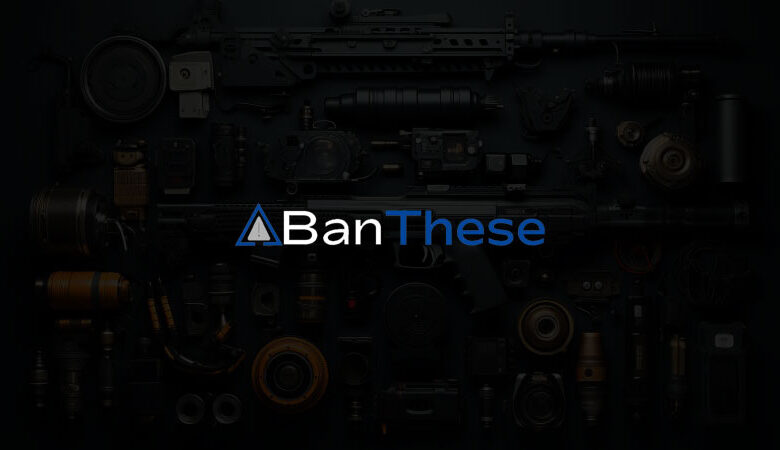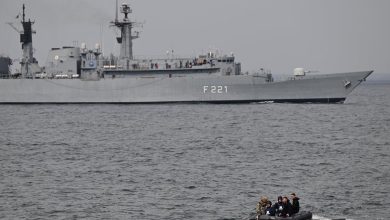Undersecretary for international cooperation needed, DOD advisers say

A key Pentagon innovation advisory panel is recommending the Defense Department establish a new undersecretary of defense to lead international collaboration across the defense industrial base.
The report, which the Defense Innovation Board released July 17, claims that the Pentagon’s international defense cooperation portfolio has been “disjointed” since 2018 — when the department split its acquisition and research and engineering office into two separate undersecretaries.
“Today, the DOD does not have a central standing mechanism for interfacing with allies, partners, and international organizations, resulting in a state of considerable fragmentation, duplication, and lack of coordination across workstreams,” the report states. “DOD senior leaders are stretched thin by the many duties pressed upon them, and that international defense industrial cooperation is often relegated in the face of competing priorities.”
The board’s proposed solution is to create a new undersecretary of defense for international integration and cooperation to lead requirements development and integration efforts among the U.S. and its allies and partners. The undersecretary would manage classification guidelines, oversee technical standards and help ensure that communication networks and protocols are interoperable.
“The [undersecretary for international integration and cooperation] would address the common complaint among allies and partners that the DOD and federal interagency lack the necessary capacity, transparency, and harmonization for effective international industrial base cooperation,” according to the report.
Working closely with counterparts in the Pentagon’s policy, acquisition and research and engineering offices, the undersecretary would ensure the department’s industrial base cooperation goals are well aligned.
For example, the Defense Innovation Board envisions the new office taking over the international defense industrial base portfolio from the undersecretary of defense for acquisition and sustainment.
Similarly, the board proposes making the new undersecretary responsible for international science and technology collaboration — an effort led today by the undersecretary of research and engineering.
The office would also coordinate efforts to strengthen the defense supply chain amid rising competition from China and Russia and concerns about a brittle supplier base. The Pentagon’s 2023 National Defense Industrial Base Strategy recognizes these challenges and notes that improving partnerships with allies is one mechanism to enhance supply chain resilience.
Harboring that expertise within a single undersecretary, the Defense Innovation Board argues, would bolster that effort.
“The role is fit-for-purpose in the current geopolitical and leadership environment, and while erecting new bureaucratic scaffolding bears its own risks and challenges, centralizing all [Office of the Secretary of Defense] directorates, divisions, and resources that focus on different aspects of international defense industrial cooperation is a necessary act,” the report states.
ITAR and AUKUS
Beyond its organizational proposals, the report also highlights the need for export policy reform and the importance of international technology-sharing pacts like the United States’ existing agreement with Australia and the United Kingdom, known as AUKUS.
On export reform, the board hones in on the International Traffic in Arms Regulations, or ITAR, which controls the flow of weapon systems to and from the U.S. The report advocates giving more authority to the secretary of defense to waive ITAR constraints, and proposes that the new undersecretary have similar authority for technologies not on a restricted list.
The board also makes recommendations to improve interoperability among the AUKUS countries and ensure that private sector firms don’t face barriers to participating in technology-sharing initiatives.
The goal of AUKUS is, for now, two-pronged. Pillar I is focused on supplying Australia with a nuclear-powered submarine. Pillar II centers on advanced technology, seeking opportunities for the three countries to partner in areas like quantum, hypersonics and electronic warfare.
The report calls for DOD to create a network of AUKUS centers of excellence tied to Pillar II technology focus areas. It also poses the establishment of an innovation accelerator fund that would invest in deep technology development and testing. Finally, it calls for the department to stand up a shared data center for AUKUS countries.
“Funding for data centers is happening across the AUKUS countries, and much of the foundational work is being replicated,” the board stated. “Unifying this work under a single cloud infrastructure would decrease costs and eliminate redundancies while demonstrating an effective starting point for future information sharing and communications interoperability within AUKUS.”
Courtney Albon is C4ISRNET’s space and emerging technology reporter. She has covered the U.S. military since 2012, with a focus on the Air Force and Space Force. She has reported on some of the Defense Department’s most significant acquisition, budget and policy challenges.







